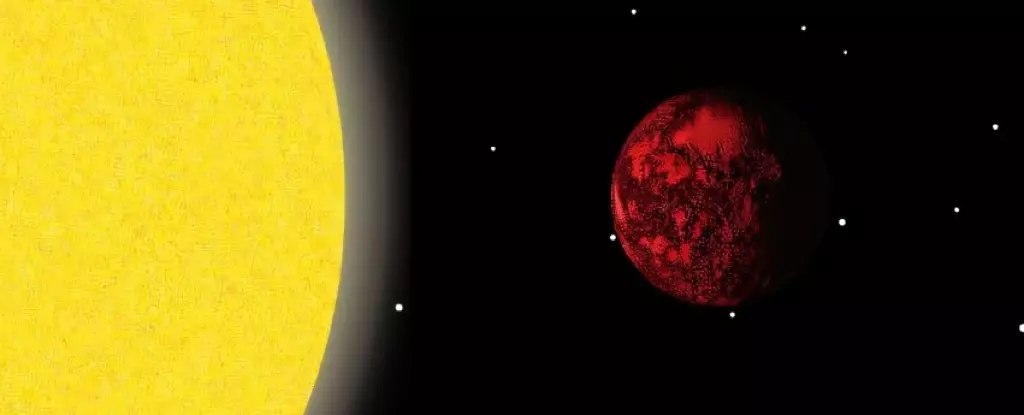Not far from our solar system, astronomers have unveiled a fascinating exoplanet dubbed K2-360 b, which presents a unique set of characteristics that both intrigue and perplex scientists. With a mass 7.7 times that of Earth while only being 1.6 times its size, this rocky planet resides in the exclusive category of ultra-short-period (USP) Super-Earths. Remarkably, K2-360 b possesses an astounding density of approximately 11 grams per cubic centimeter—comparable to that of lead—making it the densest planet of its class and one of the densest exoplanets identified to date.
Understanding Planetary Density
To contextualize K2-360 b’s density, it’s essential to examine what this figure signifies on a broader astronomical scale. With Earth’s density measured at about 5.5 grams per cubic centimeter, K2-360 b’s lead-like density raises questions about its formation and internal structure. Existing within a specialized category of candidate exoplanets, K2-360 b provides a window into the gravitational complexities and compositions of worlds that straddle the line between solid and gaseous forms. In comparison, other ultra-dense exoplanets, such as GJ 367b and TOI-1853b, offer lower density metrics, further highlighting the unusual nature of K2-360 b.
The identification of K2-360 b is a testament to advancements in exoplanet detection techniques. Discovered in 2016 by NASA’s K2 mission, the planet was first identified through the transit method, observing the subtle eclipses its passage cast on its host star. Subsequent observational efforts have allowed astronomers to refine measurements of K2-360 b’s mass and radius, finally piecing together the puzzle of its incredible density. The planet’s year—or orbital period—is astonishingly brief, clocking in at just 21 hours, emphasizing its proximity to its host star and contributing to its distinctive properties.
Speculations Regarding Formation
A critical inquiry arises: How did K2-360 b become such a solid, dense entity? Current models theorize that the planet underwent significant change over time. The leading hypothesis suggests that K2-360 b is the remnant core of a larger gas giant that existed at a greater distance from its star. Over time, this planet likely migrated inward, succumbing to intense radiation that expelled its gaseous envelope, leaving behind a hardened core. This narrative aligns with the dramatic environmental transformations many celestial bodies undergo due to gravitational and thermal forces over astronomical timescales.
Adding depth to the exploration of the K2-360 system, researchers have found that K2-360 b is not alone. A larger companion planet, K2-360 c, appears to be situated farther out in the system. The intriguing dynamics between K2-360 b and K2-360 c raise questions about their respective orbits and the gravitational interactions at play. Current modeling suggests that K2-360 c may have influenced K2-360 b’s close orbit through a process known as high-eccentricity migration. This phenomenon can lead to a dramatic reshaping of orbits, further underscoring the complexity and dynamism of planetary formation and evolution within this system.
The Broader Implications
The discovery of K2-360 b not only enriches our understanding of planetary systems but also poses broader philosophical questions regarding the nature of these distant worlds. As the universe reveals more of its oddities, it continuously challenges our perceptions. K2-360 b stands as a prime example of how dynamic interactions, extreme environments, and evolutionary pathways can create planets vastly different from our own. It’s a stark reminder of the myriad possibilities that exist beyond our home planet, brimming with the potential to reshape narratives about planetary formation and existence.
K2-360 b serves as an extraordinary case study in the field of exoplanet research. Its dense makeup, peculiar origin story, and dynamic interactions with its companion highlight the complexity of celestial phenomena. As astronomers continue to unravel the mysteries surrounding such planets, they pave the way for a deeper understanding of the universe and our place within it, encouraging us to rethink the boundaries of existence beyond our earthly realm.


Leave a Reply